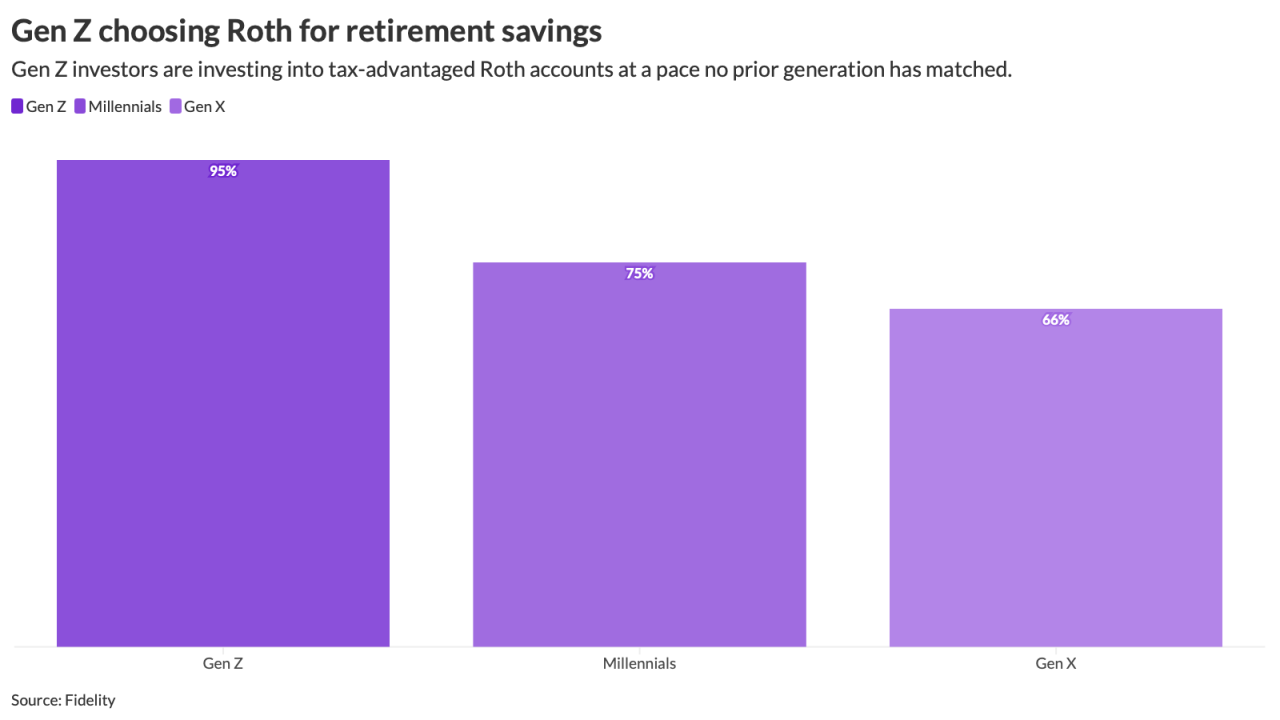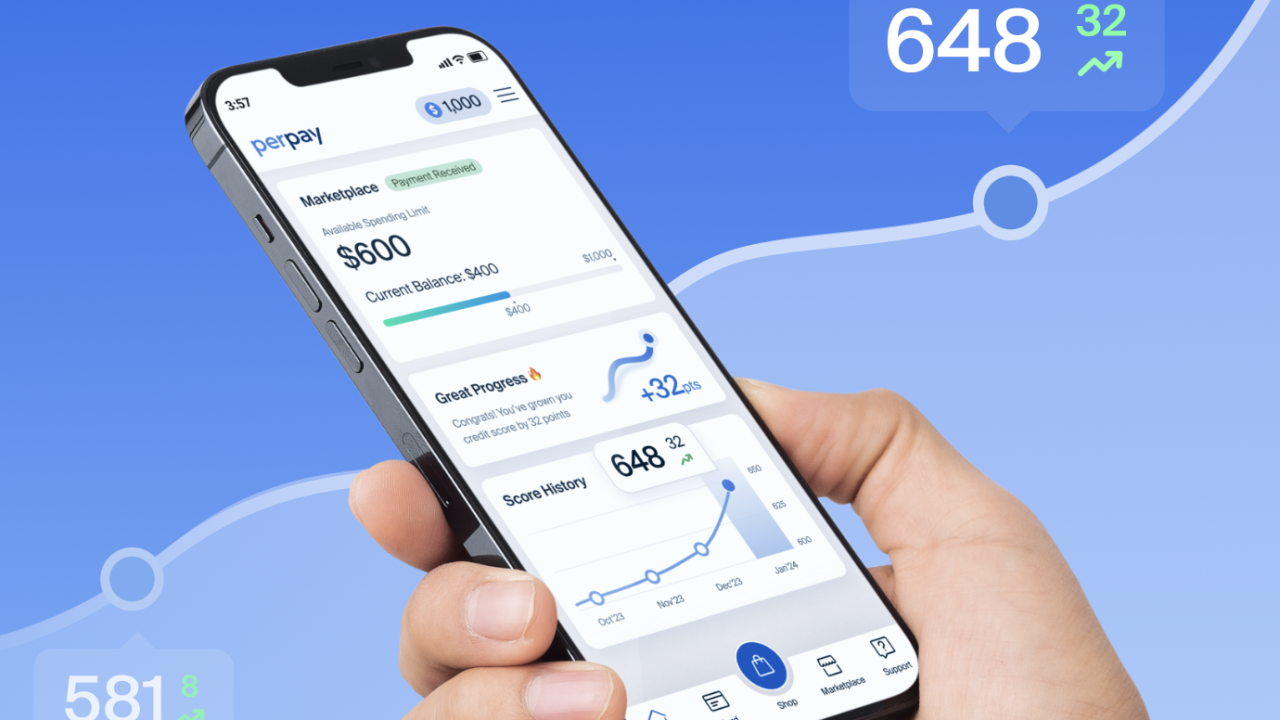With private benefit exchange benefits enrollment lower than expected, exchange technology providers are working to retool their PBE platforms.
A widely accepted benchmark for private exchange enrollment has been Accenture’s 2014 forecast that 40 million employees and their dependents would be using these platforms to select their benefits by 2018. But as of Jan. 1, 2016, PBE enrollment lags at around 6 million, according to Barbara Gniewek, a consultant and principal at PwC.

When private exchanges were first launched in 2007, they had a more limited set of standard offerings, Gniewek explains. But given the lower enrollment rates, they are attempting to attract more employees by offering narrow networks and a greater variety of plans, giving consumers’ more choice.
“The first versions of these platforms were multi-carrier exchanges of competing networks. The second version goes beyond that,” she says. “Version 2.0” of private exchanges is about giving employees more access to better healthcare at lower a cost.
The new generation of PBEs will offer “The right care at the right venue at the right time,” she declares. This will include helping consumers determine the best way to access that care—such as an in-office doctor’s visit versus using a telehealth option.
These changes have been in motion for about a year, Gniewek says, but they won’t lead to an immediate uptick in private exchange enrollment. Instead, they will occur gradually. “When their costs go for care go up, [employers and employees] will jump on private benefit exchanges.”
In the mid- and small-employer market, there already has been some movement in that direction, reports Michael Karp, Chief Revenue Officer for private benefits exchange operator Liazon.
Embracing advisers
When Liazon first started marketing private exchanges, carriers were not willing to take a “risk,” Karp says. “We started out believing we would change the face of the benefits industry forever and would do to brokers what Travelocity did to travel agents,” he recounts.
Liazon quickly realized, however, that while employers were interested in the advantages of a benefits exchange, they were still looking for a trusted benefits adviser to guide their decision making.
That soon led to Liazon to adapt its business model, so that instead of being perceived as something “cute and interesting,” Karp says, its exchanges were positioned as “something carriers and brokers were interested in talking about.” The inclusion of advisers paid off and, as of March of this year, 120 carriers are now participating in Liazon’s exchange.
Despite the longer than expected ramp up, Gniewek remains confident that private exchanges will eventually serve millions. The lag is occurring, she says, because “Exchanges are disruptive, but brokers and employers say ‘we don’t want to disrupt.’
“I say ‘of course you do’ . . . you just want to do it smarter and better.’”





